Biomimicry (Episode 1)
Hello everyone, I’m French and here is a translation of my article on biomimicry dated 04/02/18.
What is biomimicry ?
Biomimicry is a scientific current that analyses and reproduces nature's best mechanisms. In history, many examples of "bio-inspiration" are observable. I am thinking in particular of the Renaissance period with the very famous Leonardo da Vinci, seeking to imitate nature in order to allow humans to fly or glide.
Birds inspire various machines, the most ingenious.
Despite everything, he never moved on to directing, but paved the way for today's biomimicry.
Since the dawn of time, man has always imitated nature.
The exact term biomimicry appeared in the 1980s and became popular in the 2000s thanks to Janine Benyus' excellent book "Biomimicry: Innovation Inspired by Nature".
In this book, this biologist explains that "nature is 4 billion years ahead of us in research and development.
Deciphering an enigma several billion years old requires serious research and analysis at the macroscopic level but also at the nanoscale.
It thus offers us a discovery and a deciphering of the secrets of nature from which man can draw inspiration for the manufacture of objects that are part of a sustainability approach.
This approach consists then in observing nature and living things in order to solve a certain number of problems that we encounter today.
From now on, a new era of innovation is taking shape, with projects that are more breathtaking and richer than each other.
Here are some examples of biomimicry that have already seen the light of day :
1-) The "Winglets" of the aircraft wings :
Since the beginning of aviation and especially since the invention of the first airliners, engineers have long been concerned about one phenomenon : "wingtip vortex", which can be observed when planes pass through clouds.
These vortices formed in the wake of the wingtips cause a considerable increase in drag and cause turbulence but also increased fuel consumption.
But where do these eddies come from?
Imagine an airplane from the front, we know that the wing generates a pressure difference between the lower surface and the upper surface, it means the air travels a longer distance above the underside of the wing, which creates lift.
The problem arises at the wingtips because the air underneath, with increased pressure, is drawn upwards where a depression occurs.
The air tends to move up from the bottom to the top of the wing, but since the aircraft advances, it never gets there.
In its wake, the air behind the wings forms eddies.
But then how do we solve this problem?
A NASA engineer (Richard Whitcomb) will find a simple solution based on biomimicry
By observing bird flights such as the eagle, the buzzard or even the stork, he discovers that nature has already solved this problem.
Indeed, at the tips of the wings of some species, one distinguishes feathers which rise upwards (called « quill »).
These « quills » create a kind of barrier to the air which would like to go up on the intrados.
These feathers have the particularity to be very mobile and to allow the stork to recover the energy of the vortices to use it in order to create an additional push.
Richard Whitcomb therefore decided to copy this "technology of nature" by adapting vertical wings at the tips of aircraft wings.
These wings, called "winglets" do not have the same capacity to translate these forces into thrust as for birds, but make it possible to reduce in a remarkable way these wingtip vortex and thus the drag they generate.
2-) Wind turbines and hydro turbines
Aerodynamics and hydrodynamics are two very similar fields.
Air and water have the same characteristics in terms of dynamics relative to the resistance to movement of an object.
A researcher named Franck Fish an American biologist, has discovered the usefulness of the protuberances that cover the fins of humpback whales.
He discovers that they have a habit specific to their species: catching fish in a kind of "bubble net", which they create by diving and going up towards the surface in a tight ellipse.
To perform this manoeuvre, they must be extremely agile given their imposing size and weight.
Franck Fish puts forward a theory that explains that these protuberances on their fins, called "tubers", give a serious hydrodynamic advantage to the whale.
Indeed, his two colleagues (Marc Murray and Loren Howle) tested a replica fin in the wind tunnel and surprisingly found that the bumps on the edge of the fin cause a 6% increase in lift and especially a reduction of more than 30% in drag compared to a smooth fin.
This discovery undermines the basic idea that a surface or leading edge should be as smooth as possible to limit resistance and energy loss.
WhalePower (a Canadian company) is developing this technology.
Its engineers reproduced these tubers, to allow a promising application to wind turbines, to hydro turbines but also to fan blades, and even to helicopters.
A prototype installed on a wind turbine confirms these performances. They found that this type of blade could increase production by more than 20% compared to a traditional blade.
These results are all the more interesting as the wind turbine equipped with toothed blades is less noisy. It can start with lighter winds and continue to turn in strong winds without risk of breakage.
3-) The "Shinkansen" train
Shinkansen is Japan's high-speed train.
At the time, it was the fastest train in the world with a maximum speed exceeding 250 mph.
From the very beginning, the Shinkansen encountered many problems, in particular at the level of noise, clearly higher than the authorized acoustic standards.
Japan being a very mountainous country, Shinkansen must often pass through tunnels.
When a train travels at very high speed, movement and air compression are created simultaneously.
This air usually diffuses in all directions.
But when the Shinkansen enters a tunnel, the air cannot escape and is therefore compressed in front, causing an explosion noise that disturbs nearby residents.
Eiji Nakatsu, the engineer responsible for the Shinkansen tests, was interested in the kingfisher's ability to dive into the water while causing the minimum amount of eddies to surprise its prey.
Eiji Nakatsu has the idea to imitate the shape of the kingfisher's beak and to adapt it to the front of Shinkansen trains, in order to reduce this famous sound "bang".
The observed results show a remarkable reduction in noise at the exit of tunnels and an improvement in aerodynamics.
Indeed, this very particular shape not only allows the air to flow around the front of the train without difficulty, but also to increase its speed by 10% and reduce its energy consumption by about 25%.
Do you know that discomfort in your ears when a train leaves a tunnel?
This unpleasant feeling is due to the change in pressure. Well, the Japanese have noticed a marked improvement in this inconvenience thanks to the kingfisher!
The following episode will highlight the interest of biomimicry at the nanometer scale, because here again, nature has not finished surprising us.
See you soon ;-)
Sources pictures :
Pixabay :
https://pixabay.com/fr/collage-leonard-de-vinci-2231082/
https://pixabay.com/fr/sas-aile-winglet-1289265/
https://www.publicdomainpictures.net/en/view-image.php?image=102707&picture=&jazyk=FR
https://pixabay.com/fr/cigogne-mouche-atterrissage-élégant-2755121/
https://pixabay.com/fr/plan-suisse-alpes-neige-europe-2170539/
https://pixabay.com/fr/windräder-énergie-éolienne-1048981/
https://pixabay.com/fr/l-architecture-industrie-bâtiment-1639993/
https://pixabay.com/fr/rorqual-à-bosse-baleine-marine-1209297/
https://pixabay.com/fr/shinkansen-trains-japon-japonais-2504783/
https://pixabay.com/fr/martin-pêcheur-séance-oiseau-coloré-881975/
https://pixabay.com/fr/train-à-grande-vitesse-shinkansen-1540467/
Sources :
https://www.kaizen-magazine.com/video/une-hydrolienne-imite-les-poissons/
https://biomimetisme2015tpe.wordpress.com/sources-lexique/
https://fr.wikipedia.org/wiki/Biomimétisme

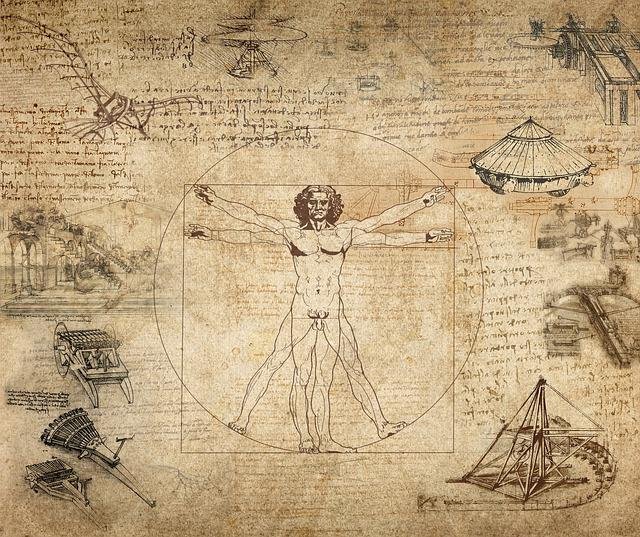
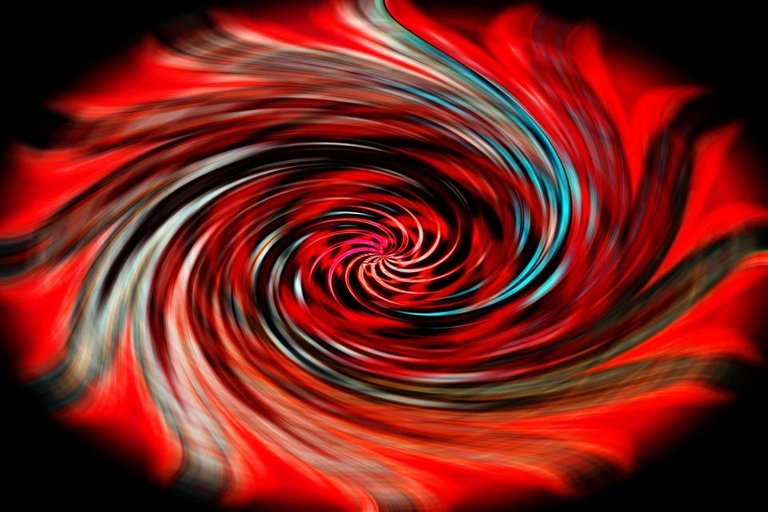
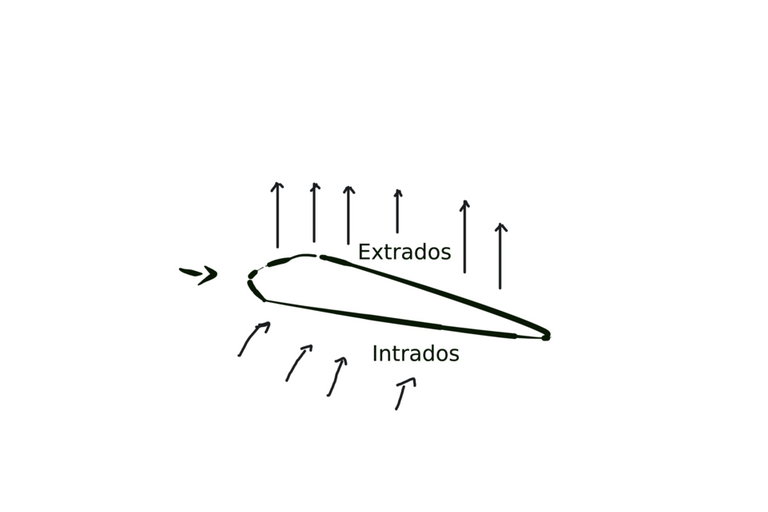
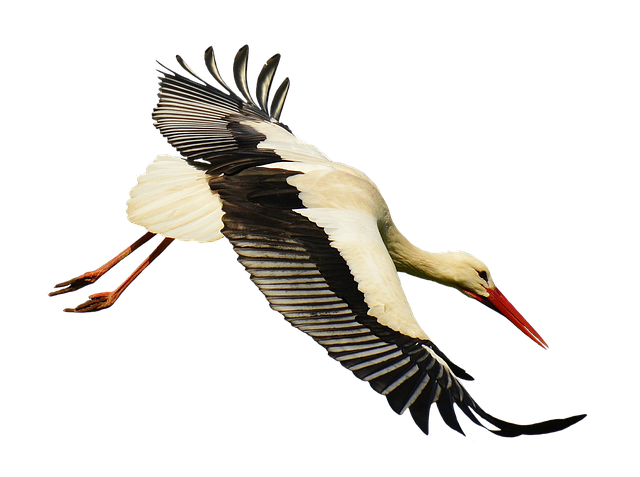
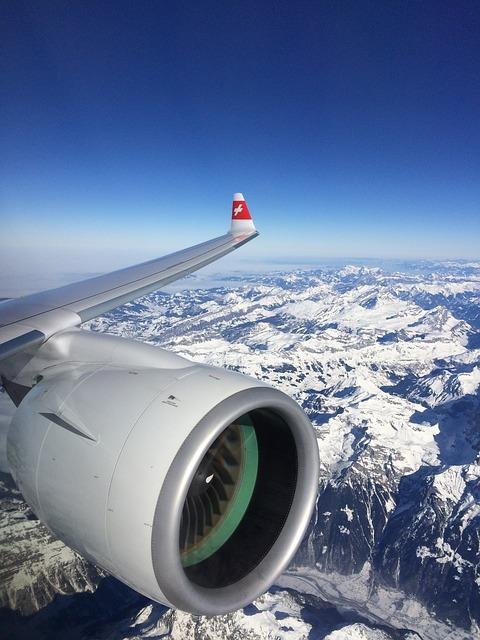

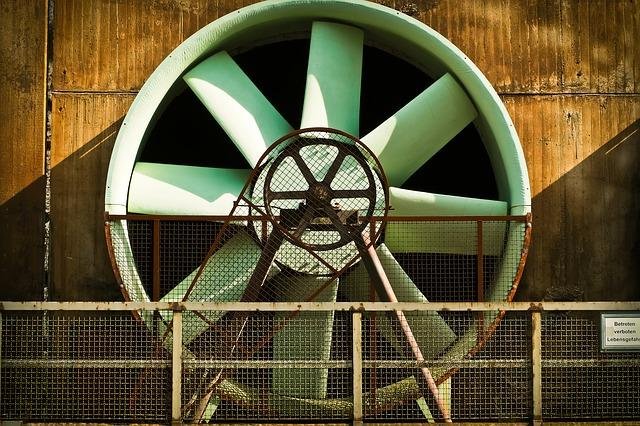
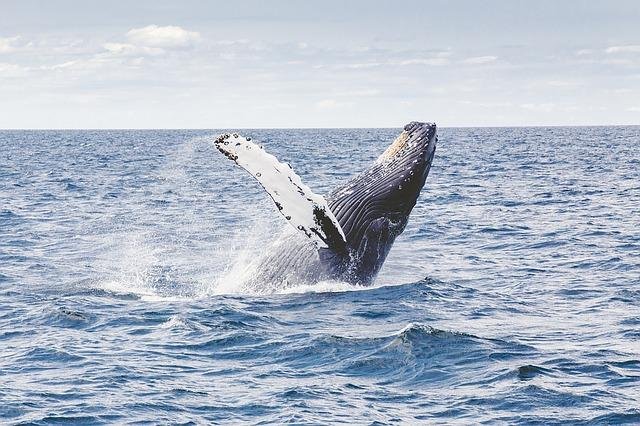



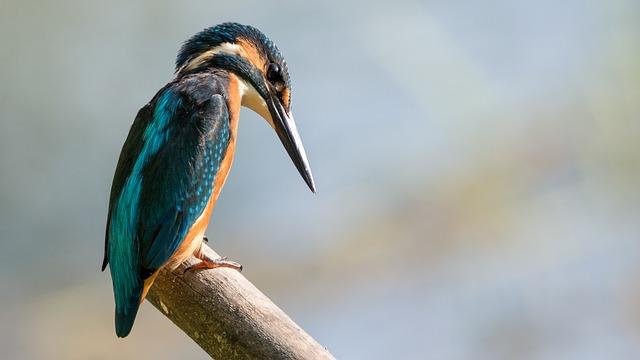
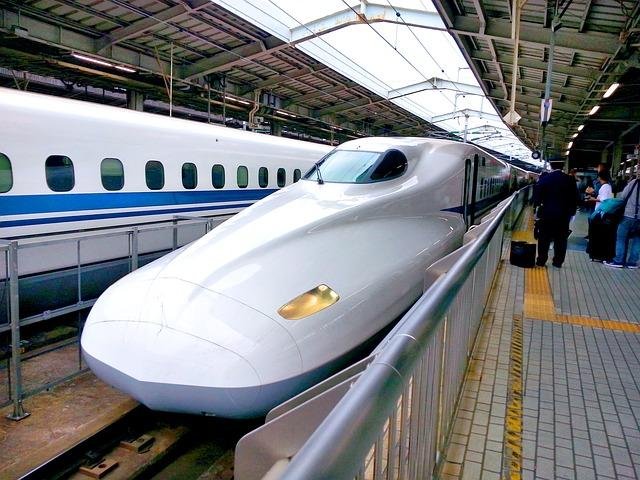
Ur article is quite interesting..!
I have a few suggestions to make it look more professional...
♦ Use reference for images properly. Link the source of each image adjacent to it, if possible.
♦ U used some images which are not in free domain. Make sure to replace them with 'Copyright free' images.
♦ Re-check the links u provided, some might be broken.
♦ U may take a look at Copyright Guidelines for better understanding of copyright issues....!
Best regards..!
In addition to making it look more professional, it is important to cite the source of the content. As a biomimic, I have studied with Biomimicry 3.8 and the Biomimicry Institute. Much of what is written here comes from their websites and case studies. I am super happy to see this material making it out to Steemit, but it should have the proper references and links.
Yes, thank you for your remark.
I had some trouble quoting my sources, I was doing it.
I got help because I'm a beginner.
I hope my fault is over.
Normally everything is there.
Thank you
We are all here to help each other! Like I said, I am happy to see more about biomimicry reaching Steemit. Let me know if you need help with the references.
I find this subject fascinating. I will probably come to ask you some questions for my next articles ;-) Thank you
nice..!! hope to see better posts from u in future..!!
Thanks for taking my advice and writing it into English as well. You also have some advice from others members, I see, so taking them into account should help you.
I can't wait for the next article :P
I see it as training.
Thanks for all your advice @alexdory, I'm looking to improve. Thanks to the @steemStem community too